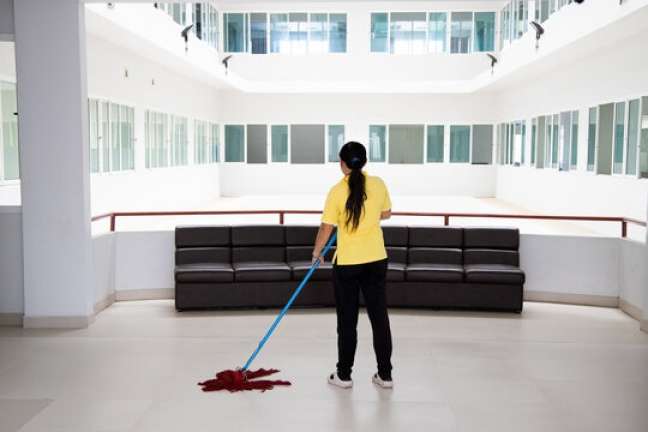Creativity is a method and style of thinking is becoming more and more important in people’s careers. The classroom is the ideal setting for nurturing creativity because students learn to access creative sources and employ this talent early in life.
Throughout the academic year, you may motivate your students to explore their creativity by providing them with simple classroom activities and quality assessments. Soon, you’ll notice that students can express themselves better with precision and clarity.
This post will educate you about how you can promote creativity in the classroom and how you can assess it successfully.
Effective Ways To Drive Creativity In A Classroom
As a teacher, your responsibility is to use innovative techniques. Your strategy may change depending on whether you manage an elementary class or instruct a high school course. For example, a writing competition for year 3 to 13 students is an effective strategy for this age group but may not sit well with high schoolers. The writing competition assesses students’ creativity and ability to think and express themselves clearly in all subjects.
Here are a few suggestions that can get you started:
- Change The Standard Classroom Layout: The forms in which students work vary significantly, ranging from individual evaluations to group projects, presentations to listening, and more. To ensure that your classroom can support various activities and study habits, experiment and mix up the layout. To sustain creativity between several activities, use collaborative classroom layouts. Instead of placing desks in rows, arrange them in a circle or U shape so that students can interact among themselves.
- Introduce Reflective Exercises: Reflective exercises support students’ deeper learning by fostering their conceptual creativity and contextual comprehension of new ideas. Resources for reflective learning that students can focus on should be displayed in your classroom.
- Set Up A Library Inside The Classroom: Give your children the opportunity to engage in reading materials appropriate for their age to encourage reading habits. Have your students assist in systematising and categorising your classroom library or give recommendations to readers who appreciate various genres to add a collaborative, creative element.
- Visualise Concepts And Results: Encourage your kids to define their objectives and create maps for their ideas. Introduce them to various graphic organisers, such as Venn diagrams, mind maps, visual timelines, and other tools.
How To Qualitatively Assess Creativity In A Classroom?
It will be exceedingly challenging to teach and assess creativity if teachers and students don’t deconstruct and comprehend what it looks like. Observe the following examples of quality indicators:
- Synthesisation of concepts in unique and unexpected ways.
- Performance in narrative and persuasive assessments.
- Describe concepts in fresh, innovative ways.
These are just a few quality measures you could develop or employ. Remember to tailor them to students’ ages or grade levels. These indicators might be used to create a rubric, or you could keep yearly objectives for the students to aim for.
You must provide your kids with an opportunity and a tangible set of abilities and goals if you want them to be creative. Combining these techniques can help the classroom foster creativity.
















